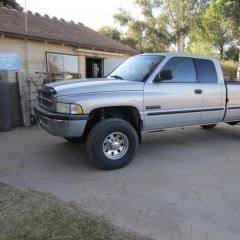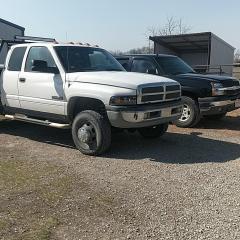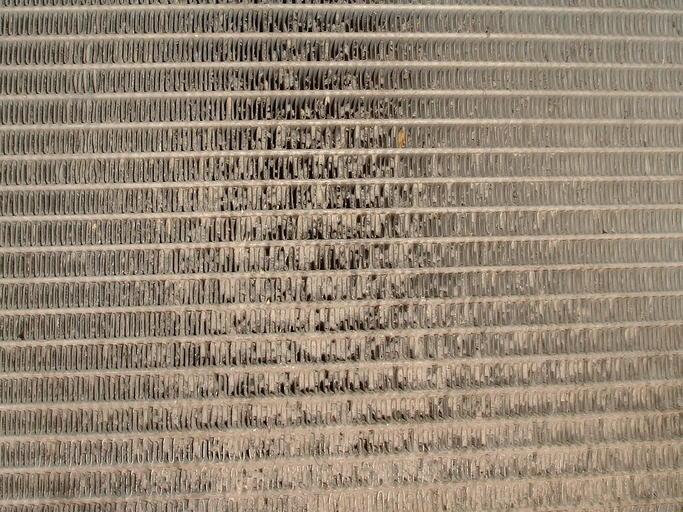- Replies 14
- Views 3.8k
- Created
- Last Reply
Top Posters In This Topic
-
 Mopar1973Man 6 posts
Mopar1973Man 6 posts -
 leety 4 posts
leety 4 posts -
 GSP7 1 post
GSP7 1 post -
 TheGreatWhite 1 post
TheGreatWhite 1 post
Popular Days
Most Popular Posts
-
All this talk about a block drain. Why? I just back my truck up a slope and leave the nose pointed down. All drains no biggy. I only use the radiator drain. The only hose I pull is the upper because I
-
Typically a driveway slope or similar is a good starting place. Steeper the better for draining. Heater core won't drain period. You would have to roll the truck over on its roof
-
Just basically a pipe plug. I think its on the driver side of the block.



Is there any block or port lower than bottom radiator hose?
First time I used drain plug in radiator had heck of time getting it back in. So I've been disconnecting lower hose on radiator for years.
If there is block drain I'm thinking about screwing in a shut off valve. Good idea or no.